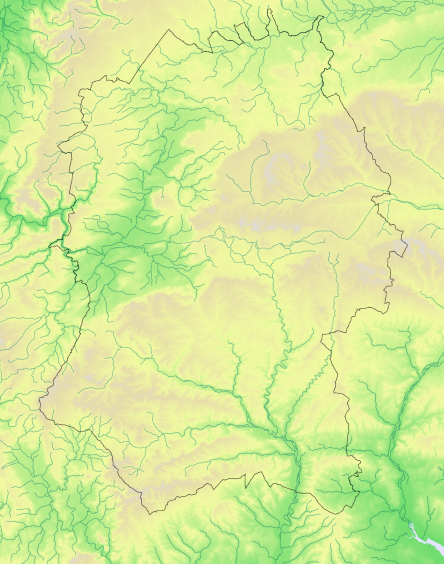Moorhen Gallinula chloropus
Winter distribution change
Common and widespread resident, perhaps also winter visitor from Europe
Atlas species lists
- Breeding distribution 1995–2000
- Summer abundance 1995–2000
- Winter distribution 1995–2000
- Winter abundance 1995–2000
- Breeding distribution 2007–2012
- Summer abundance 2007–2012
- Winter distribution 2007–2012
- Winter abundance 2007–2012
- Breeding distribution change
- Summer abundance change
- Winter distribution change
- Winter abundance change
More Moorhen maps
- Breeding distribution 1995–2000
- Summer abundance 1995–2000
- Winter distribution 1995–2000
- Winter abundance 1995–2000
- Breeding distribution 2007–2012
- Summer abundance 2007–2012
- Winter distribution 2007–2012
- Winter abundance 2007–2012
- Breeding distribution change
- Summer abundance change
- Winter distribution change
- Winter abundance change
Map explanation
This map shows the changes which occurred in the winter distribution of the species between 1995-2000 and 2007-2012, but only in the limited selection of tetrads that were surveyed in winter for Birds of Wiltshire (Wiltshire Ornithological Society 2007).
Key
Status
Nos tetrads

Absent to present
66
15%

Present in both
128
29%

Present to absent
50
11%

Not surveyed
Moorhens are found on every continent except Antarctica and Australasia. They occur throughout Europe where they may be resident, dispersive or migratory, those from the northeast moving west and south in winter. In Britain and Ireland they are widely distributed in lowland areas, on freshwater wetlands, ponds, lakes, rivers and canals. They are absent from upland waters in Wales, northern England and north and west Scotland.
In Wiltshire they are absent from much of Salisbury Plain and the higher chalk downlands, but otherwise are found wherever suitable habitat occurs. In summer, Birds of Wiltshire recorded their presence in 473 tetrads, with breeding confirmed or probable in 353. WTA2 recorded them in 434 tetrads but with breeding confirmed or probable in only 264, a decline of 25%. In winter there was little change in distribution over the decade between the two tetrad atlases, with the partial tetrad surveys for Birds of Wiltshire indicating presence in about 370 tetrads while WTA2 recorded them in 402 tetrads.
References
The following references are used throughout these species accounts, in the abbreviated form given in quotation marks:
“1968-72 Breeding Atlas” – Sharrack, J.T.R. 1976: The Atlas of Breeding Birds in Britain and Ireland. T. & A. Poyser
“1981-84 Winter Atlas” – Lack, P.C. 1986: The Atlas of Wintering Birds in Britain and Ireland. T. & A. Poyser
“1988-91 Breeding Atlas” – Gibbons, D.W., Reid, J.B. & Chapman, R.A. 1993: The New Atlas of Breeding Birds in Britain and Ireland 1988-91. T. & A. Poyser
“Birds of Wiltshire” – Ferguson-Lees, I.J. et al. 2007 : Birds of Wiltshire, published by the tetrad atlas group of the Wiltshire Ornithological Society after mapping fieldwork 1995-2000. Wiltshire Ornithological Society.
“Bird Atlas 2007-2011” – Balmer, D.E., Gillings, S., Caffrey, B.J., Swann, R.L., Downie, I.S. and Fuller, R.J. 2013: Bird Atlas 2007-2011: the Breeding and Wintering Birds of Britain and Ireland
“WTA2” – ("Wiltshire Tetrad Atlas 2 ") the present electronic publication, bringing together the Wiltshire data from “Birds of Wiltshire” and “Bird Atlas 2007-11”, together with data from further fieldwork carried out in 2011 and 2012.
"Hobby" - the annual bird report of the Wiltshire Ornithological Society.

